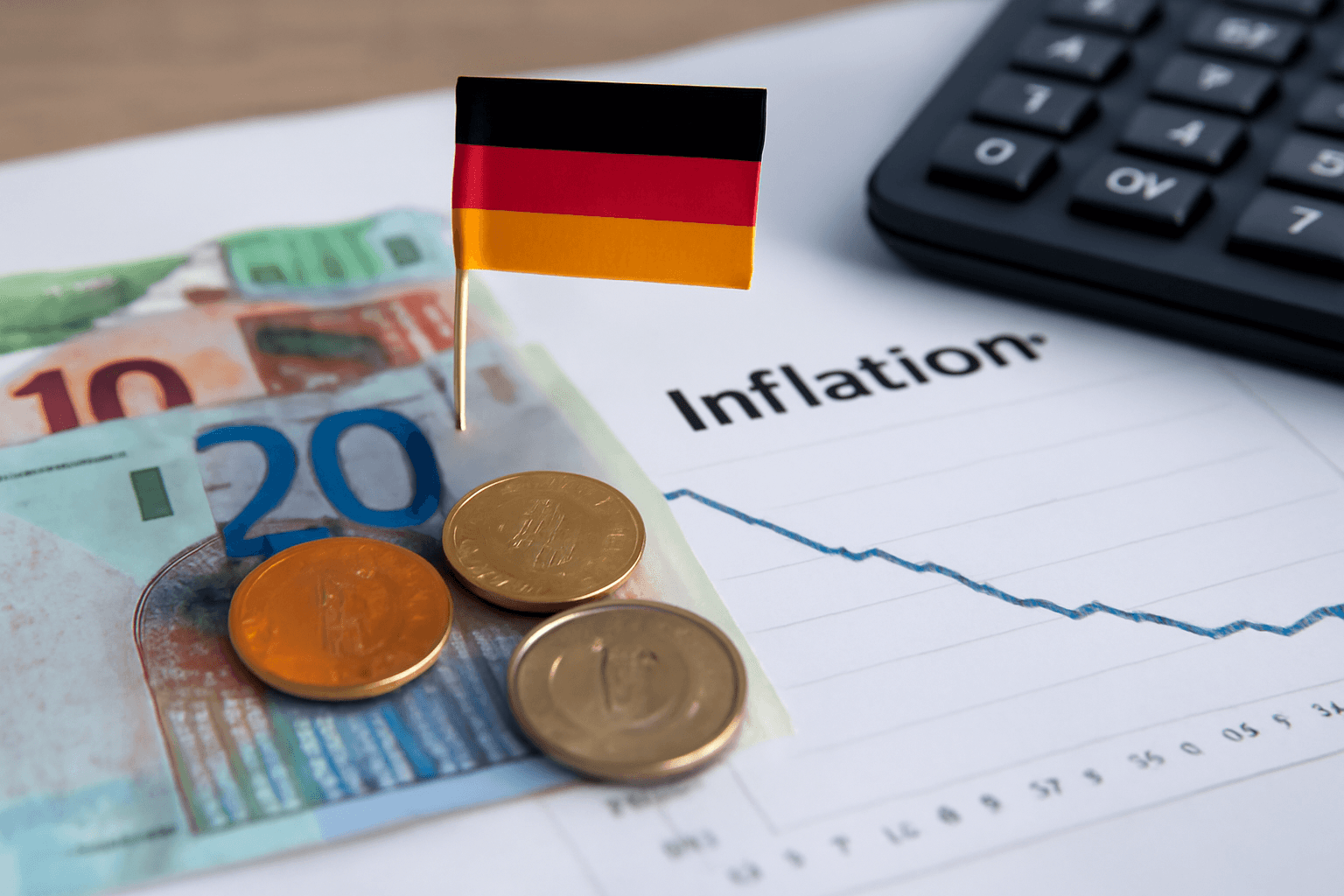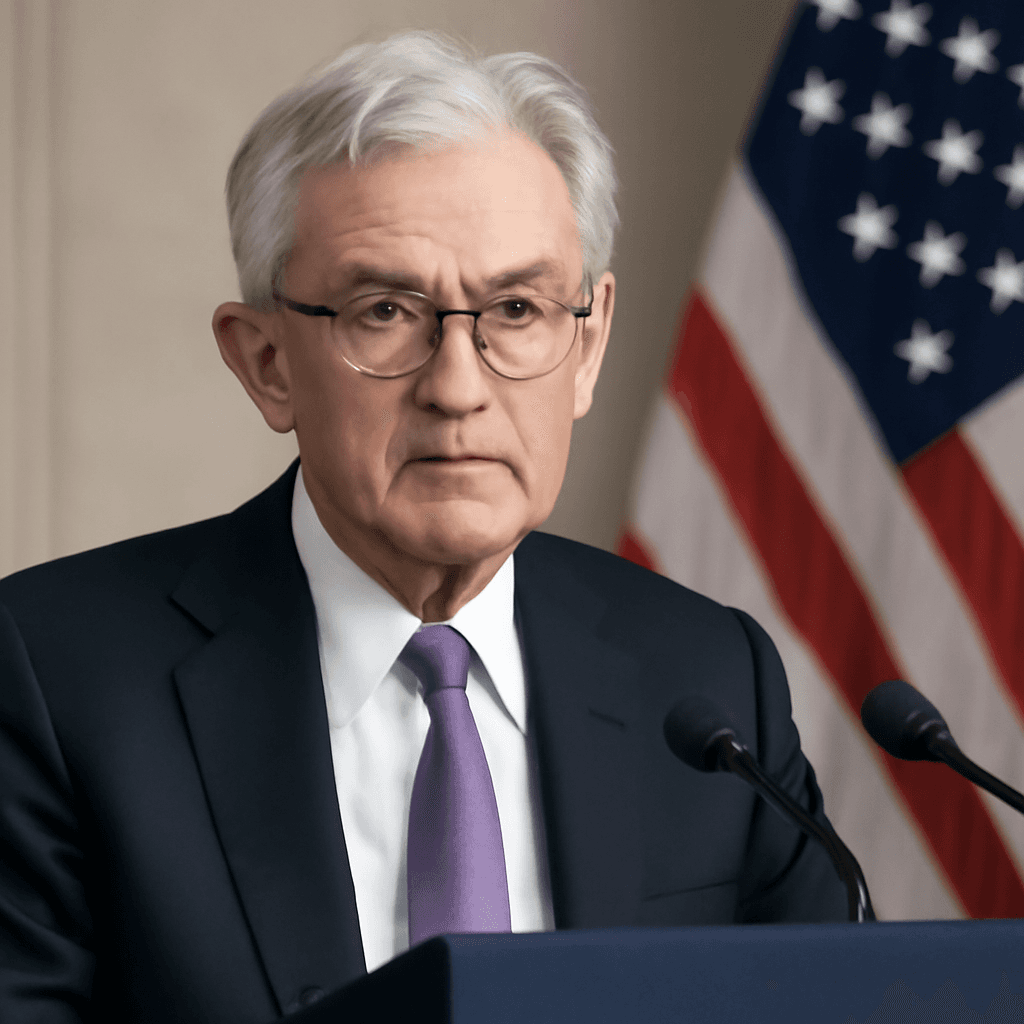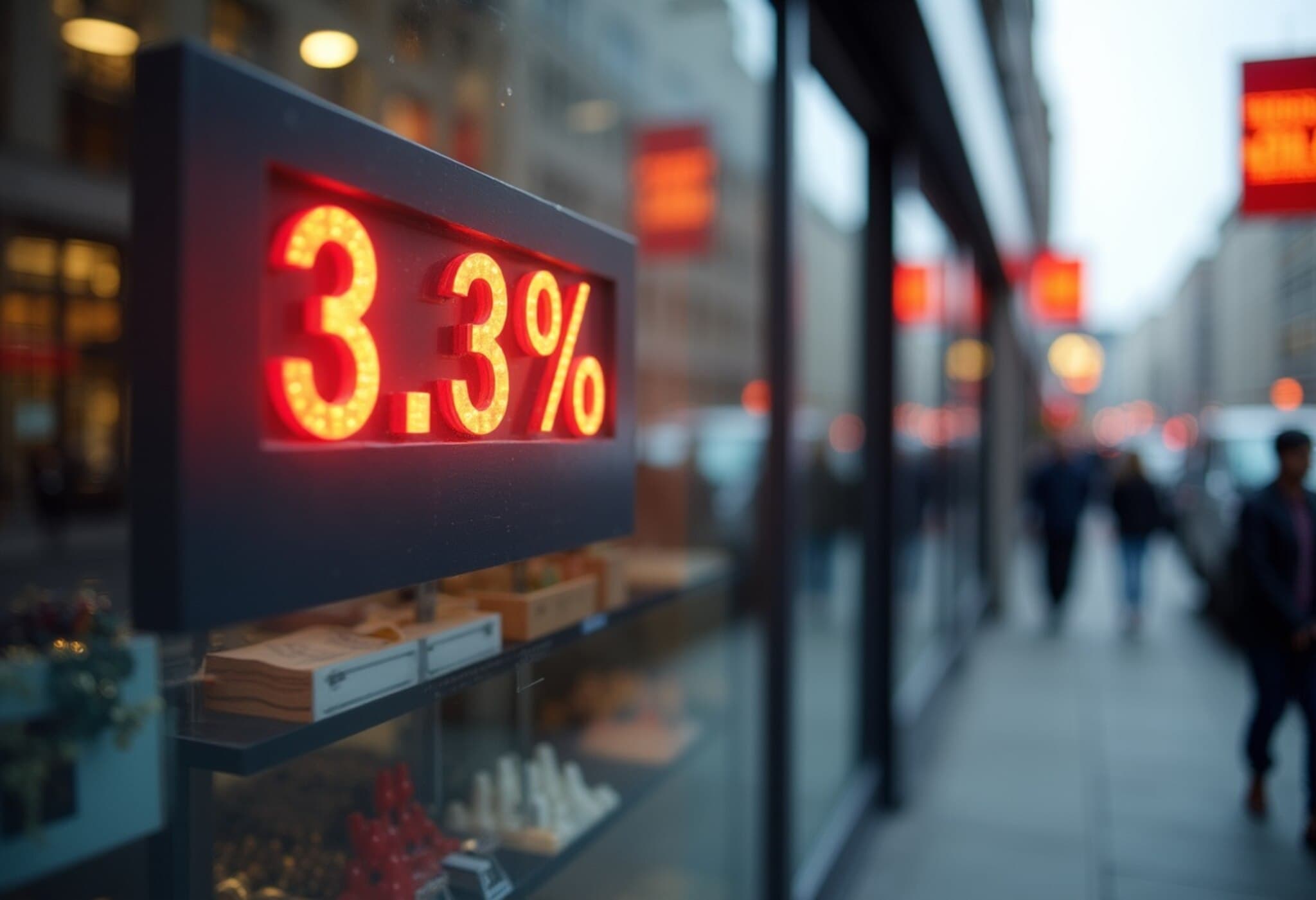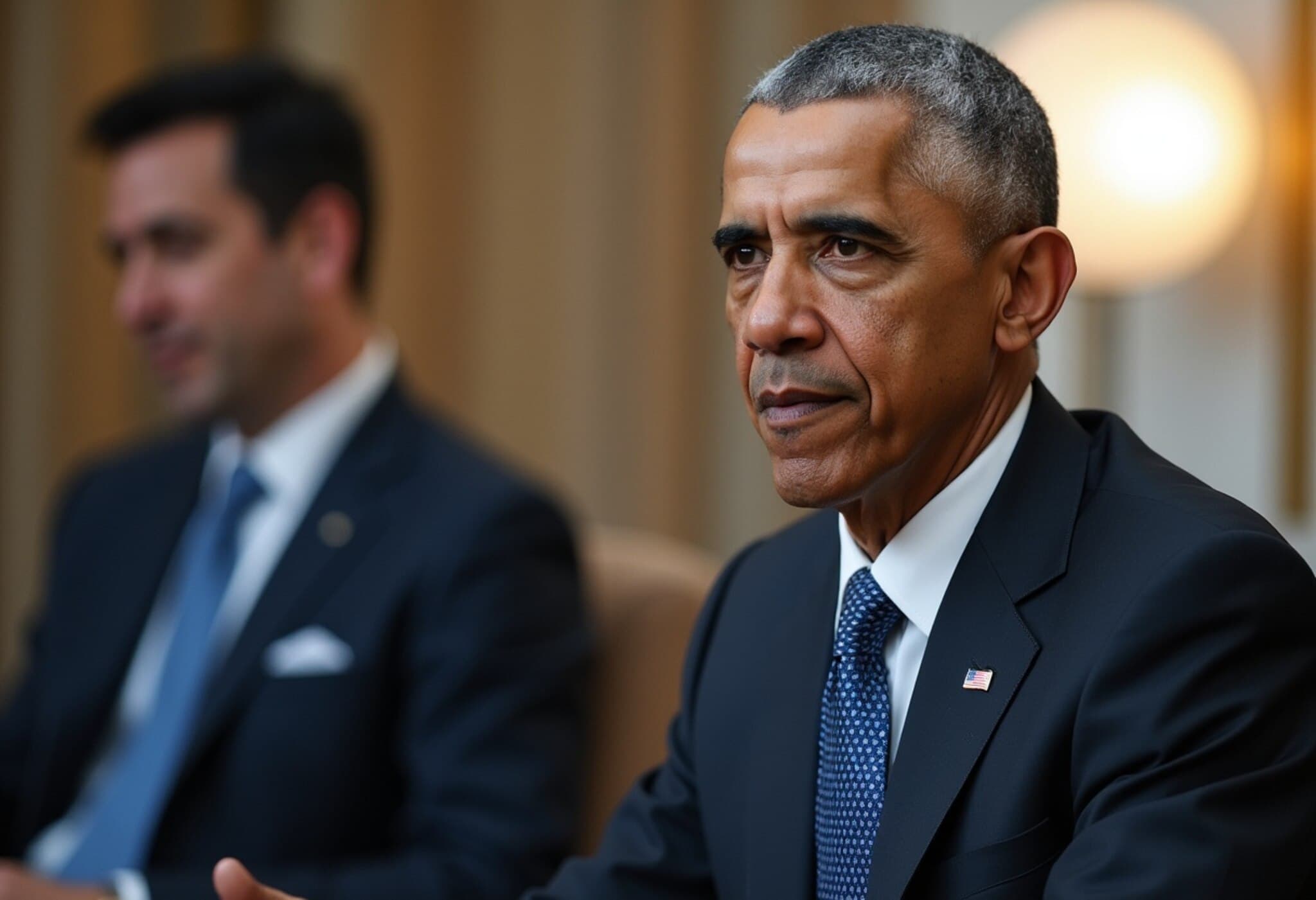UK Inflation Exceeds Expectations with a 3.6% Rise in June
The United Kingdom's inflation rate unexpectedly climbed to 3.6% in June, surpassing economists' forecasts of 3.4%, according to the Office for National Statistics (ONS). This marks a continuation of the inflationary pressures that the UK economy has grappled with, signaling challenges ahead for policymakers and consumers alike.
What is Driving the Inflationary Surge?
Several factors contributed to this inflation uptick. Motor fuel prices drew particular attention: while prices typically fall in June, they only dipped slightly this year compared to a significant decrease in the same period last year. This restrained decline in fuel prices helped push overall inflation higher.
Additionally, food price inflation rose for the third consecutive month, hitting its highest level since February 2024, though still below last year's peak levels. The persistent increases in essentials like food and fuel compound the cost-of-living challenges facing many British households.
"Inflation ticked up in June driven mainly by motor fuel prices which fell only slightly, compared with a much larger decrease at this time last year," said Richard Heys, acting chief economist at the ONS.
The Bigger Picture: Economic Growth and Monetary Policy
Despite the inflation rise, the UK economy's recent performance has been lackluster, with unexpected contractions reported in May. This gloomy growth outlook is making it tougher for the Bank of England (BoE) to navigate policy decisions. Traditionally, central banks raise interest rates to tame high inflation by discouraging spending and encouraging saving.
However, the risk of stifling an already sluggish economy means the BoE faces a delicate balancing act. Current market expectations lean toward a 25 basis points rate cut at the upcoming August Monetary Policy Committee meeting, a move aimed at stimulating growth despite persistent inflation above the 2% target.
"While price growth remains far above target, the U.K. economy contracting for a second straight month in May means the Bank is likely to look through the volatility in this inflation reading and proceed with a rate cut in August," commented Adam Deasy, economist at PwC.
Market and Public Response
Following the data release, the British pound strengthened modestly, rising nearly 0.2% against the US dollar to $1.3406, reflecting some market confidence in the UK’s economic outlook despite inflation concerns.
From a societal standpoint, inflation remains a pressing issue for everyday people. UK Finance Minister Rachel Reeves acknowledged the strain on households, emphasizing continued governmental efforts to alleviate the burden on working families.
What Lies Ahead?
- The Bank of England’s August interest rate decision will be critical in signaling the trajectory of UK monetary policy amid conflicting pressures of inflation and economic slowdown.
- Upcoming employment data, especially payroll figures, will be keenly examined as additional indicators of economic resilience or fragility.
- Consumers and businesses alike will need to brace for continued price fluctuations as global economic uncertainties and domestic challenges persist.
Editor’s Note
The latest inflation figures present the UK with a classic economic dilemma: how to control rising prices without choking off growth. This tension underscores the complex interplay between monetary policy, consumer wellbeing, and economic stability. As inflation remains stubborn and growth weakens, the effectiveness of central bank interventions and fiscal policies will be under intense scrutiny. For American observers and markets, the UK's approach offers valuable lessons on balancing inflation control with economic support in a post-pandemic, globally intertwined world.



















